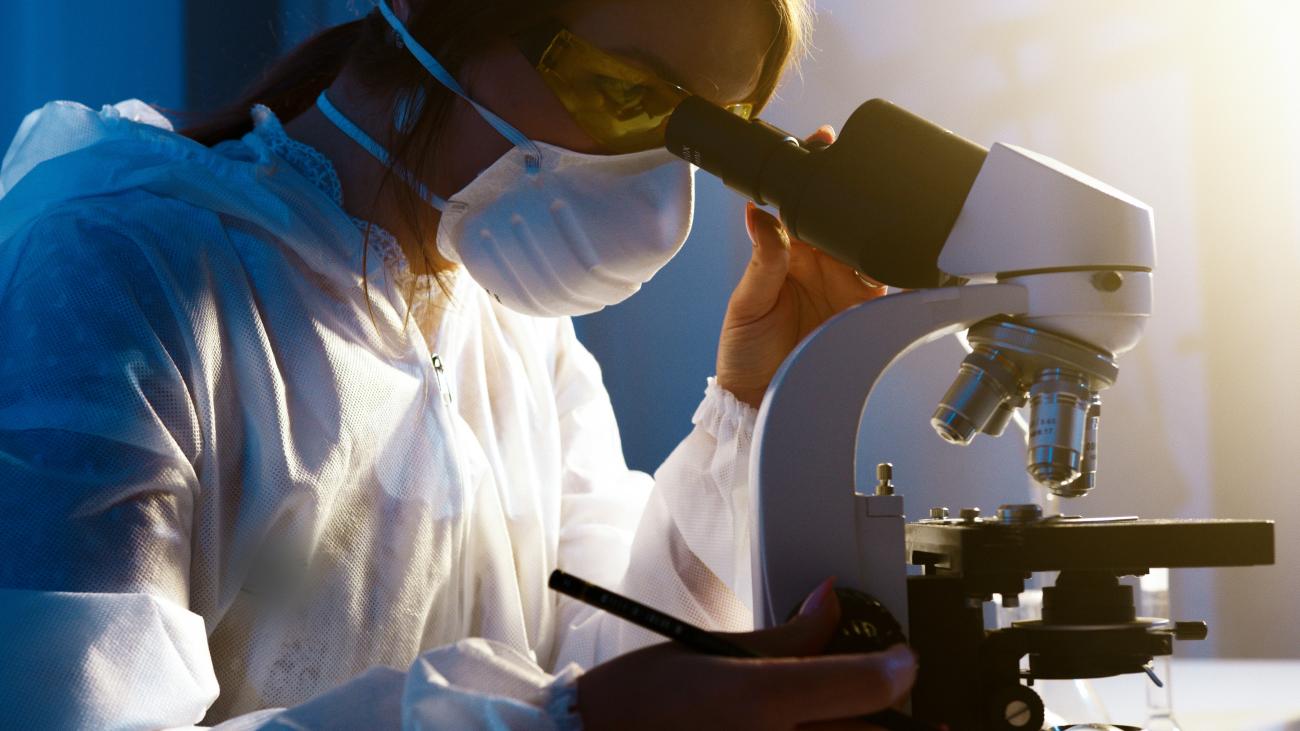Database providing access to the High Technology Network's industrial research offering: research competences, type of analyses and tests available at the Laboratories. Companies can consult the Catalogue to find Laboratories and researchers that match their needs.
Competence
Analysis of the physical, rheological, chemical, microbial, and sensorial properties during storage
Analytical tests for shelf-life characterization
Cognition and autonomy for robots in unstructured environments
Control algorithms and cognitive techniques
Control architectures for actuators
Data transmission systems, communications (bus, internet, wireless, etc.)
Definition of product specifications and analytical methods of verification
Design of experiment (DoE) and Food Design to study interaction between formulation and process conditions
Designe of specific software application (acquisition, processing, control, supervision, ...)
Experimental studies of formulations and processes: use of bioactive components from out-streams or by-products
Fleets of mobile robots - Planning and coordination
Grasping devices and robot manipulators
Hardware design
Human-machine interfaces
Human-robot interactive collaboration in intrinsically safe work cells
Hydraulic actuators and motors
Improvement of process efficiency for saving direct and indirect costs
Input-output correlations to assess operational parameters
Integration of vision systems for fixed and mobile robotics
Kinematic chains (belts, cams, reduction gears, crank thrusts, etc)
Lab trails and scale-up to pilot plants of experimental production diagrams; check of the physical, chemical and sensorial characteristics
Micro-actuators based on MEMS
Microbial kinetics during food storage
Mobile Robots - localization and autonomous navigation
Mobile Robots - non-industrial applications
Monitoring of chemical, physical, and biochemical characteristics (enzymatic activity and kinetics) during storage
Non-conventional thermal and non-thermal technologies for product stabilization, extraction, and conservation
Numerical simulation to define process-product interaction
On-line product control feasibility for process optimization
Operator practical training for process control and lab tests
Optimization of processing conditions by desing of experiments (DoE) for product development
Piezoelectric actuators
Pneumatic actuators
Product processing design: algorithms for automatic predictive control
Production flow chart, raw material HACCP and QFD, formulation, packaging and conservation conditions
Real time operating systems
Robot task design in workcells
Rotary and linear electromechanical actuators
Self-learning robot in work cells
Statistical control of the process
